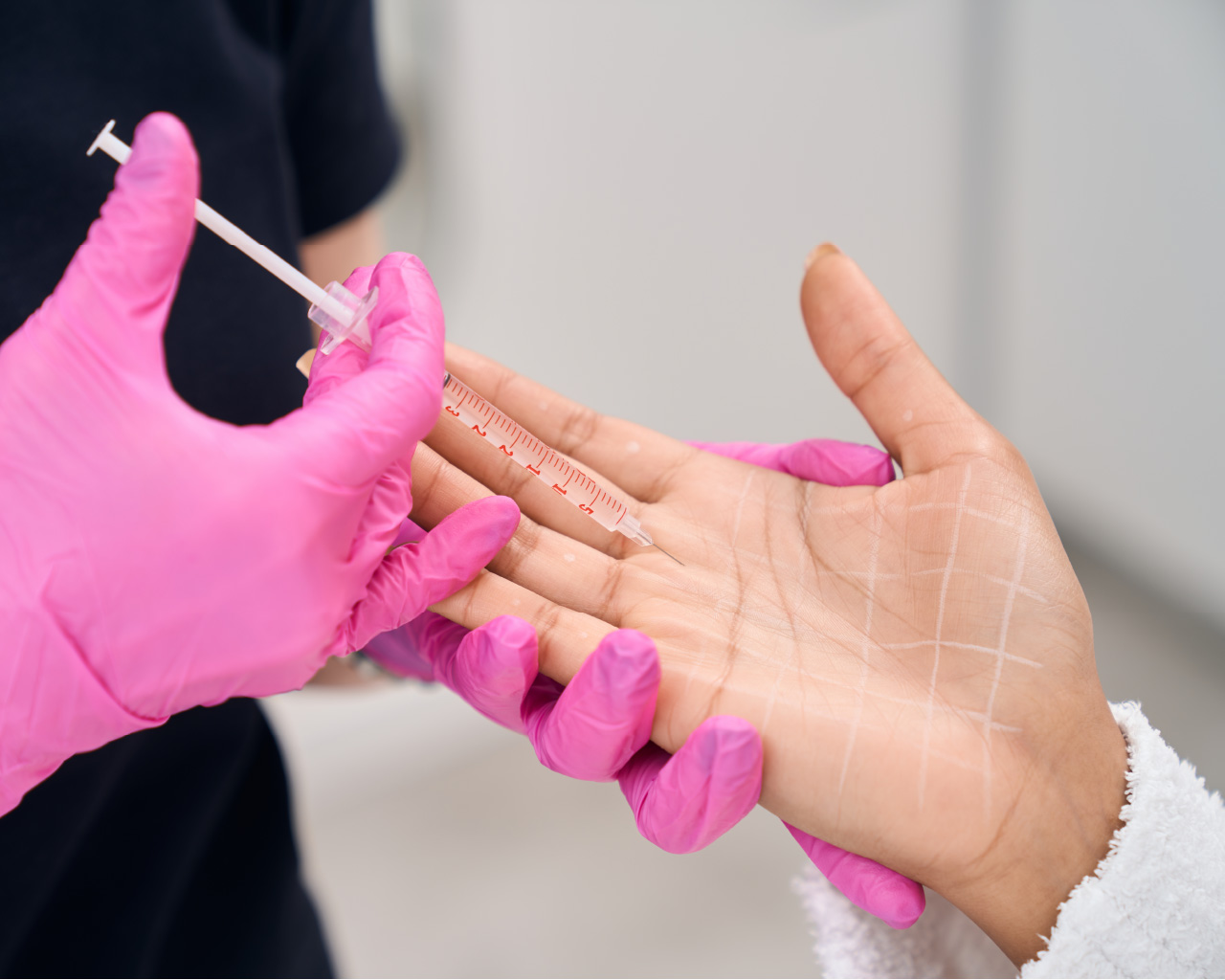
It's an interesting paradox: one of the most lethal toxins can produce good results if used properly.
Clostridium botulinum is a category of bacterium that produces dangerous botulinum toxins in low-oxygen conditions. This bacterium is present in many environments, natural and human, such as soil, lakes, forests, and the intestines of mammals and fish. The bacterium spores are typically heat-immune, but when oxygen levels are deficient, they reproduce and release dangerous toxins, which are classed under neurotoxins. They block nerve functions and cause respiratory and muscular paralysis.
When ingested through food or water, it can cause botulinum food poisoning.
But there is a positive side to this lethal toxin: when calibrated for medical use, botulinum toxin has valuable properties.
Hello Botox!
The wonder therapy of Botox is derived from the bacterium C. botulinum. Botox is a purified and significantly diluted botulinum neurotoxin type A used for cosmetic and clinical treatments. When used in an appropriate and medically guided way, it is safe with few side effects. While the toxin in its natural form causes muscle paralysis – it stops neurotransmitters at the end of nerve fibers from relaying signals to the brain - its derivative administered in clinical settings achieves a therapeutic effect.
For example, Botox controls nerve signals to muscles, salivary or sweat glands blocking them. So, Botox injections to your sweat glands will inhibit them from producing too much sweat if you sweat excessively. The same applies to salivary glands, but the selection process is more straightforward. Botox is injected into the largest salivary gland on both sides, the parotids. It helps minimize the amount of saliva but does not entirely stop it (as two other glands are still working on each side).
Botox also controls spasms, repetitive muscle twitches, and contractions. When movement is affected, it impacts the quality of life, causing pain, contractures, and difficulty with care. In these cases, Botox is a highly effective.
When other treatments, such as Physical Therapy and splinting, are not effective, Botox is a good addition. It is essential in growing children as you must keep up with their bone growth and as they get taller.
It is typical for the children to require a set of injections twice a year until they are done with their growth. After that, they may need it, but less frequently.
Botox is administered by licensed healthcare providers who is well trained and experienced in selecting the right muscles and targeting them correctly.
Who Will Benefit from the Use of Botox?
Botox has various cosmetic and clinical uses, from easing wrinkles, frown lines, crow's feet, and facial expression lines to treating spasms, controlling sweating, overactive bladder, lazy eye and many other medical conditions.
People who suffer from muscle tightness after strokes, brain or spinal cord injuries, and children with cerebral palsy benefit from the administration of Botox to ease the stiffness and pain so tight muscles relax.
People with trouble swallowing and who suffer from excessive drooling after brain damage also benefit from Botox-induced muscle control.
The toxin works where it's injected; therefore, targeting the proper muscles is essential. The site of Botox administration is identified after a physical exam, gait assessment, and discussion with the patient and their parents.
The injections must be given under supervision, whether using ultrasound or electrical guidance, to make sure the medicine is delivered to the right muscle.
Make Sure You Choose the Right Expert to Administer Botox
A Board-certified medical expert, trained in Rehabilitation medicine or Neurology, is the right person to administer Botox for patients with spasticity. Please make sure you choose a qualified doctor for your condition. Experience and skill are crucial for Botox treatments for cosmetic or clinical purposes. Get a proper consultation, clear communication, and goal setting with the expert to enjoy the desired results.
قصص المرضى